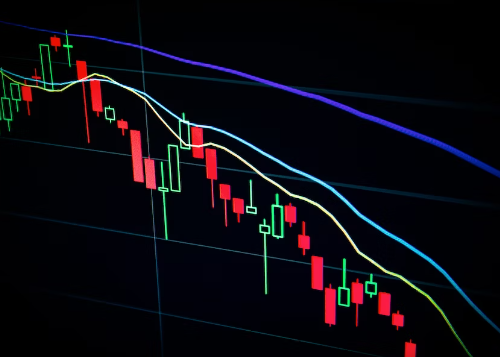
Cfd trading and Economic Indicators: A Deep Dive
Trading is a lucrative hobby that can turn into a career if done right. There are different types of trading, one of which is Cfd trading. CFD, or Contract for Difference, is a unique way of trading that permits traders to take part in different markets without actually having the underlying assets. As with any trading, CFD comes with a level of risk, and it requires an understanding of the market and trading strategies. In this blog post, we will discuss what Cfd trading is, how it works and strategies for mastering Cfd trading to help you become a successful trader.
Understanding Cfd trading
cfd trading involves buying or selling a contract. CFD traders trade ‘On Margin,’ meaning, they put down a small deposit called margin, and with that, they will have access to larger trades than their account balance. The profit or loss will be calculated by the difference between the opening and closing price. Cfd trading requires that traders are knowledgeable about the market, the assets they are trading, and keeping up with current events that might affect the market.
Risk Management
The main thing in trading is managing your losses. Firstly, make sure to use the demo accounts or start with a small amount that you can afford to lose without causing emotional discomfort. Then, stick to a point where you’re willing to close the trade should the market start to move against you. Being a successful trader requires discipline and patience. Implementing a stop-loss strategy is one of the best ways to manage your risk.
Technical Analysis
Technical Analysis plays a significant role in Cfd trading. Technical analysis helps traders study past market activity to predict future movements. Technical analysis uses different tools such as charts, graphs, and indicators like RSI, Fibonacci, Moving Average, and many others. Traders can use these tools interchangeably to identify trends, patterns, support, or resistance levels to help make informed trading decisions.
Fundamental Analysis
Fundamental analysis involves analyzing the economic and financial factors that could impact the market. These factors are usually related to news about global events, company financials like earnings reports, dividends, bankruptcy, or mergers and acquisitions. Traders need to keep an eye on scheduled reports or earnings announcements that could potentially affect the market.
Continous Learning and Practice
Continuous learning and practice is the key to success in any field, and trading is no different. Traders need to stay up-to-date with new market trends and news to make changes to their trading strategy. Whether it’s reading blogs, watching news, or taking trading courses, there is continually something new to learn. Practice is also essential. The more experience traders have, the better they become at reading the market and making informed trading decisions.
Conclusion:
Cfd trading is a unique and exciting way to invest in different markets, but it comes with its own set of risks. To minimize the risks and maximize returns, traders must learn and practice different trading strategies such as identifying trends, implementing stop-loss orders, analyzing charts and graphs, and paying attention to economic events that affect the market. Successful traders have a disciplined approach to trading, and they always continue to learn and grow as traders. With time, practice, and the right strategies, mastering Cfd trading is entirely possible.



